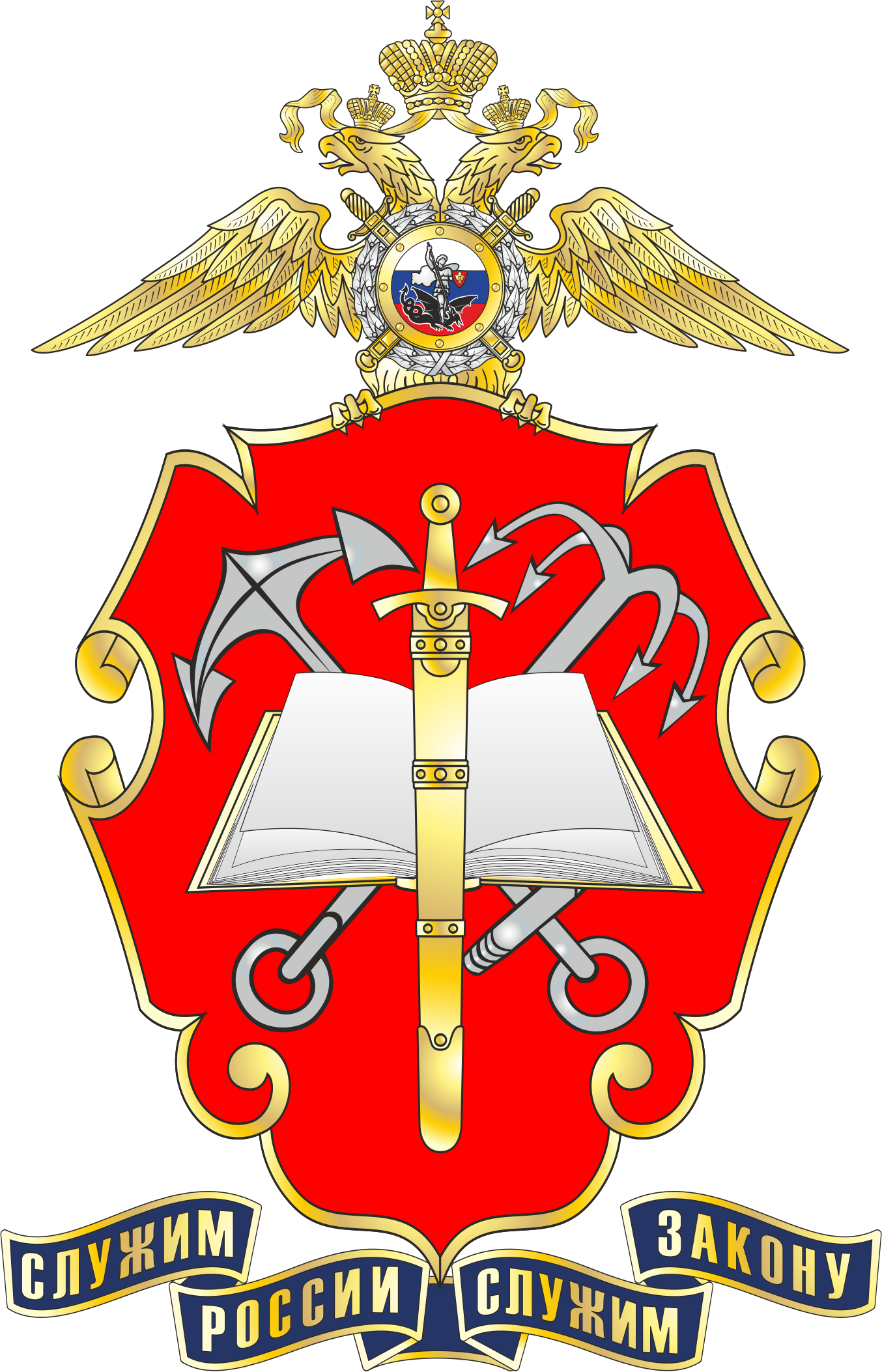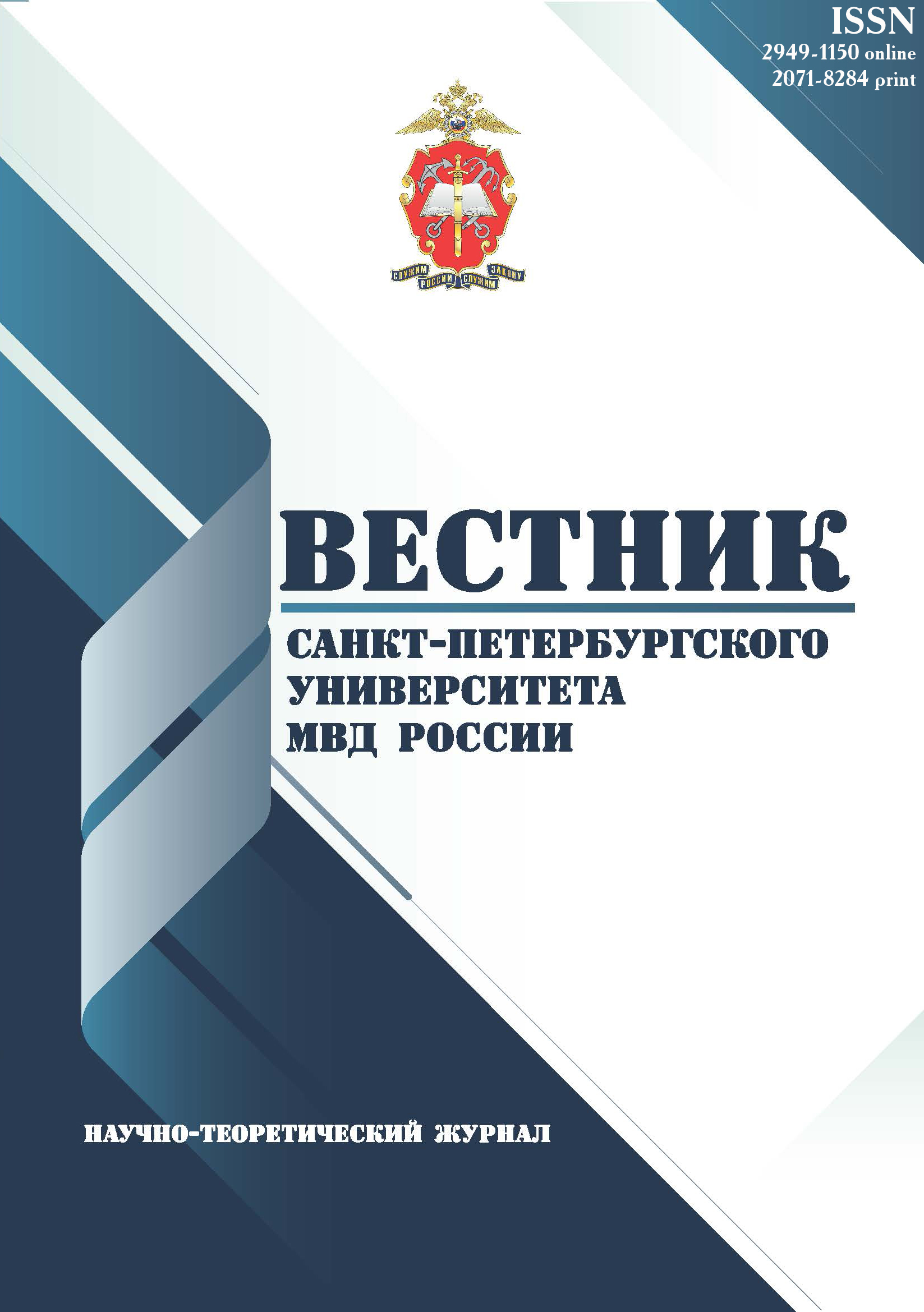from 01.01.2017 until now
Izhevsk, Izhevsk, Russian Federation
UDC 343.01
CSCSTI 10.07
CSCSTI 10.77
Russian Classification of Professions by Education 40.02.02
Russian Library and Bibliographic Classification 63
Russian Library and Bibliographic Classification 67
Russian Trade and Bibliographic Classification 7502
Russian Trade and Bibliographic Classification 7510
The author analyzes reasons for the widespread abolition of corporal punishment, which took place mainly during the 19th-20th centuries. The work lays grounds to the hypothesis that the appearance of corporal punishment and the death penalty occurs simultaneously and for the same reasons associated with the strengthening of state and its usurpation of power to resolve issues of life and death. Drawing analogies from the death penalty discourse, the author concludes that there are three main arguments against corporal punishment: inefficiency, injustice, inhumanity. In addition, the author assumes that there exists a link between the trend towards the abolition of both the corporal punishment and the death penalty, and the desire to limit the abuse of state power. At the same time, author reveals a special normative role of the criminal law principle of humanism, as well as a distinct meaning of human dignity to which this principle refers. The meaning of human dignity in the context of the criminal law principle of humanism does not coincide with the meaning which is givent to human dignity in other legal norms, as well as in the works of political philosophers. As a result, humanism understood in a context of a special relation to the human body has no direct connection to the criteria of the just punishment.
corporal punishment, death penalty, cost of punishment, humanism, justice, punishment
1. Bekkaria Ch. O prestupleniyah i nakazaniyah. - Moskva: Stels, 1995. - 304 s.
2. Bentam I. Vvedenie v osnovaniya nravstvennosti i zakonodatel'stva. - Moskva: Rosspen, 1998. - 416 s.
3. Evreinov N. N. Istoriya telesnyh nakazaniy v Rossii. - Belgorod: Piligrim, 1994. - 235 s.
4. Zhil'cov S. V. Smertnaya kazn' v prave Drevney Rusi i yurisdikciya Velikogo knyazya v ee primenenii // Pravovedenie. - 1997. - № 4. - S. 47-52.
5. Montesk'e Sh. O duhe zakonov. - Moskva: Mysl', 1999. - 674 s.
6. Razmahov K. E. Boleznennye telesnye nakazaniya v rossiyskom ugolovnom prave // Vestnik Moskovskogo universiteta MVD Rossii. - 2015. - № 9. - S. 22-24.
7. Razmahov K. E. Telesnye nakazaniya v Rossiyskom gosudarstve dopetrovskogo perioda // Trudy Akademii upravleniya MVD Rossii. - 2018. - № 4 (48). - S. 184-189.
8. Solov'ev E. Yu. Pereosmyslenie taliona. Karatel'naya spravedlivost' i yuridicheskiy gumanizm // Novyy mir. - 2004. - № 1. - S. 123-142.
9. Fuko M. Nadzirat' i nakazyvat'. Rozhdenie tyur'my. - Moskva: Ad Marginem, 1999. - 480 s.
10. Shaveko N. A. O pravah i dostoinstve cheloveka // Yuridicheskaya nauka v sovremennom mire: Rossiya i Bolgariya : monografiya / pod obsch. red. E. A. Frolovoy. - Moskva: Prospekt, 2020. - C. 308-320.













